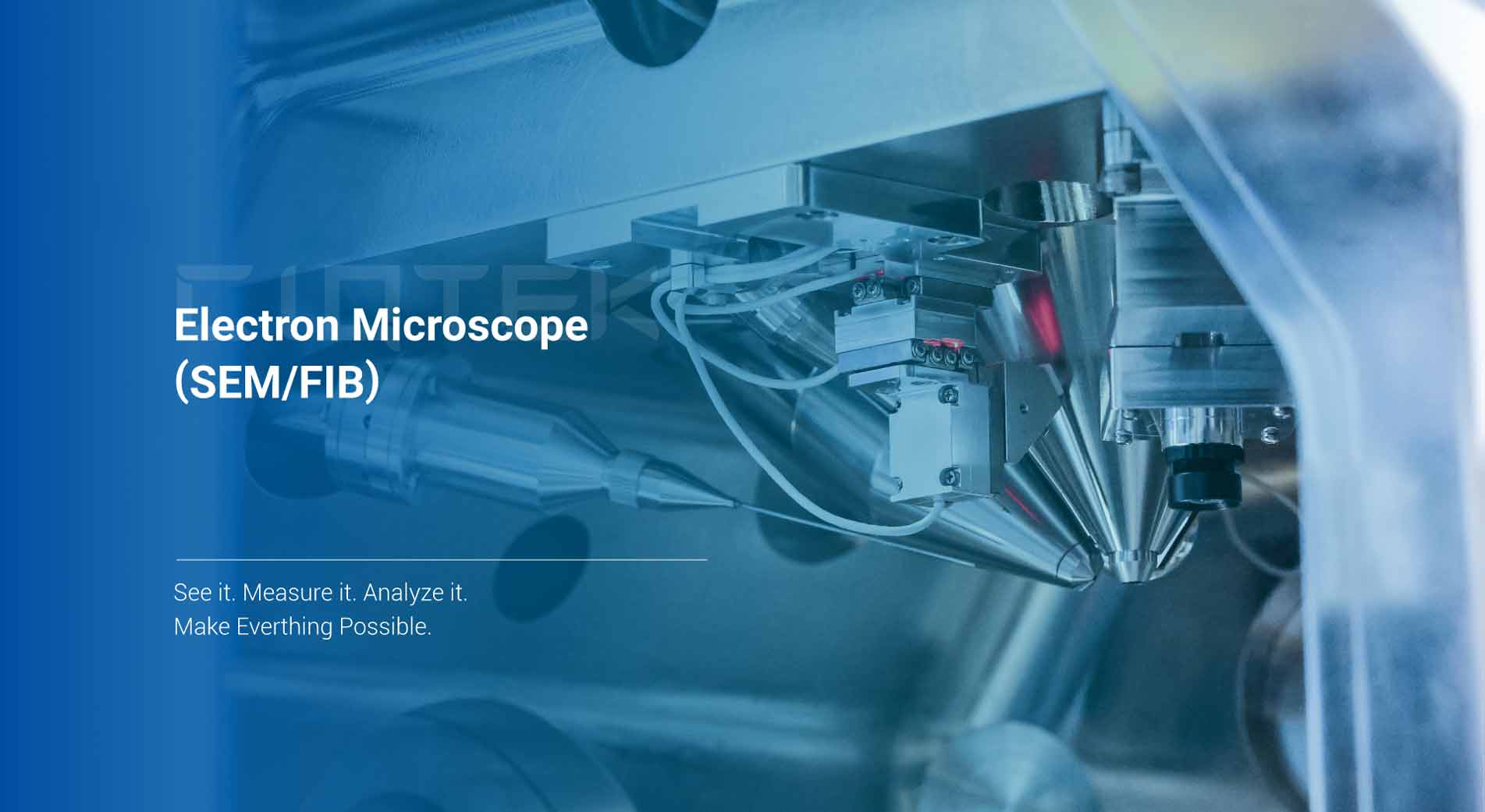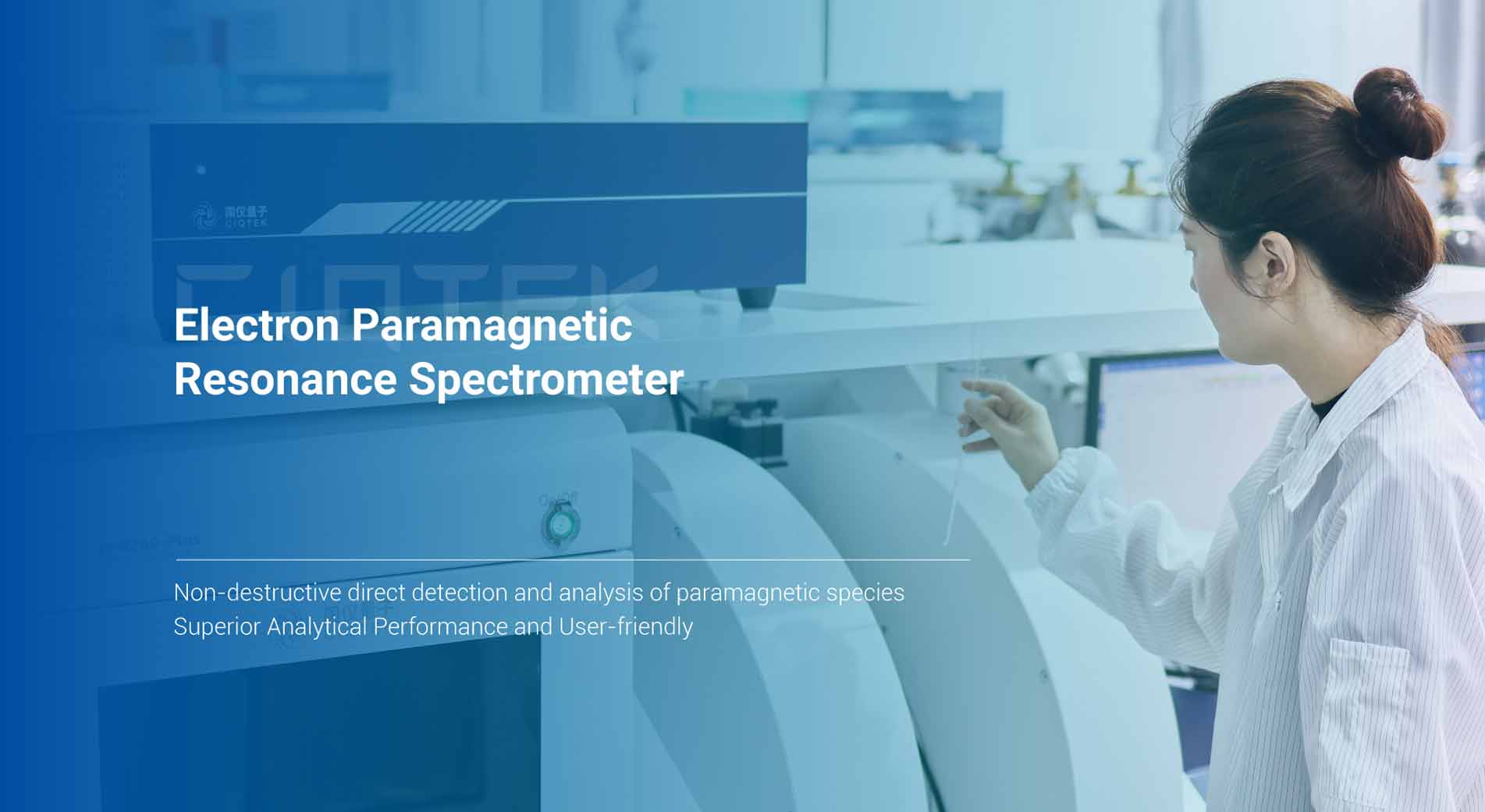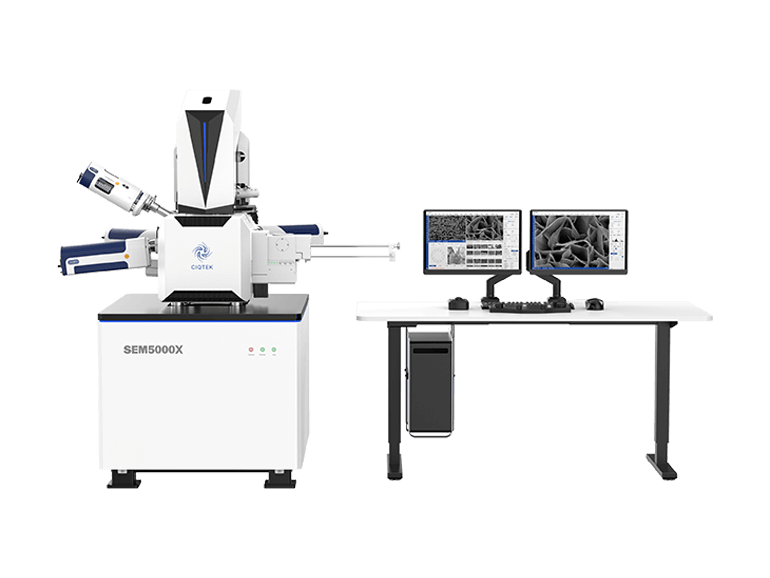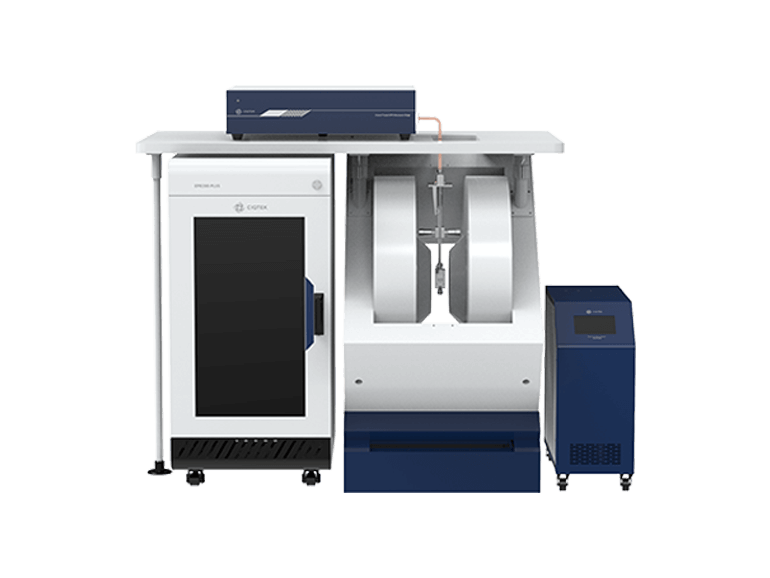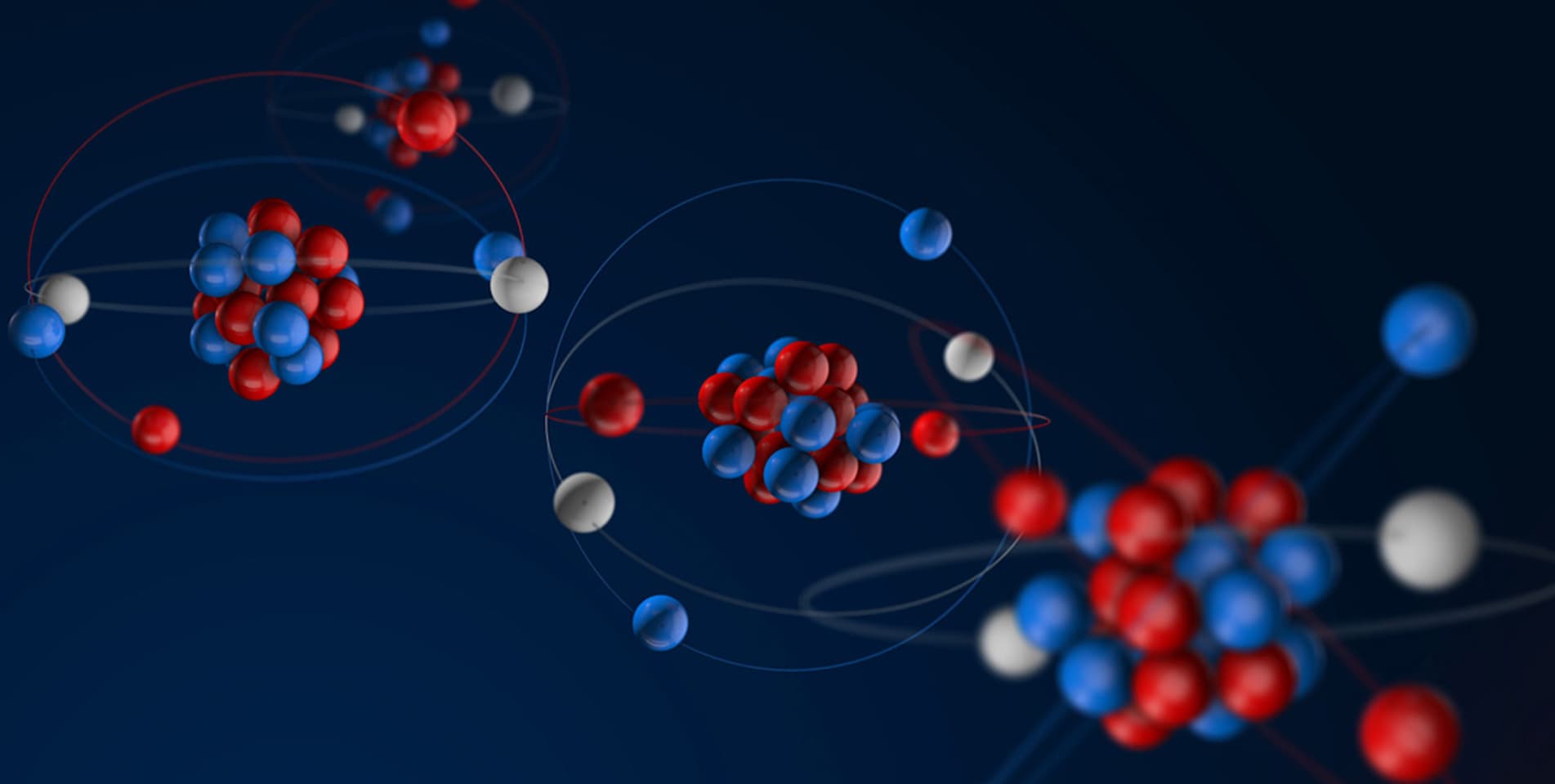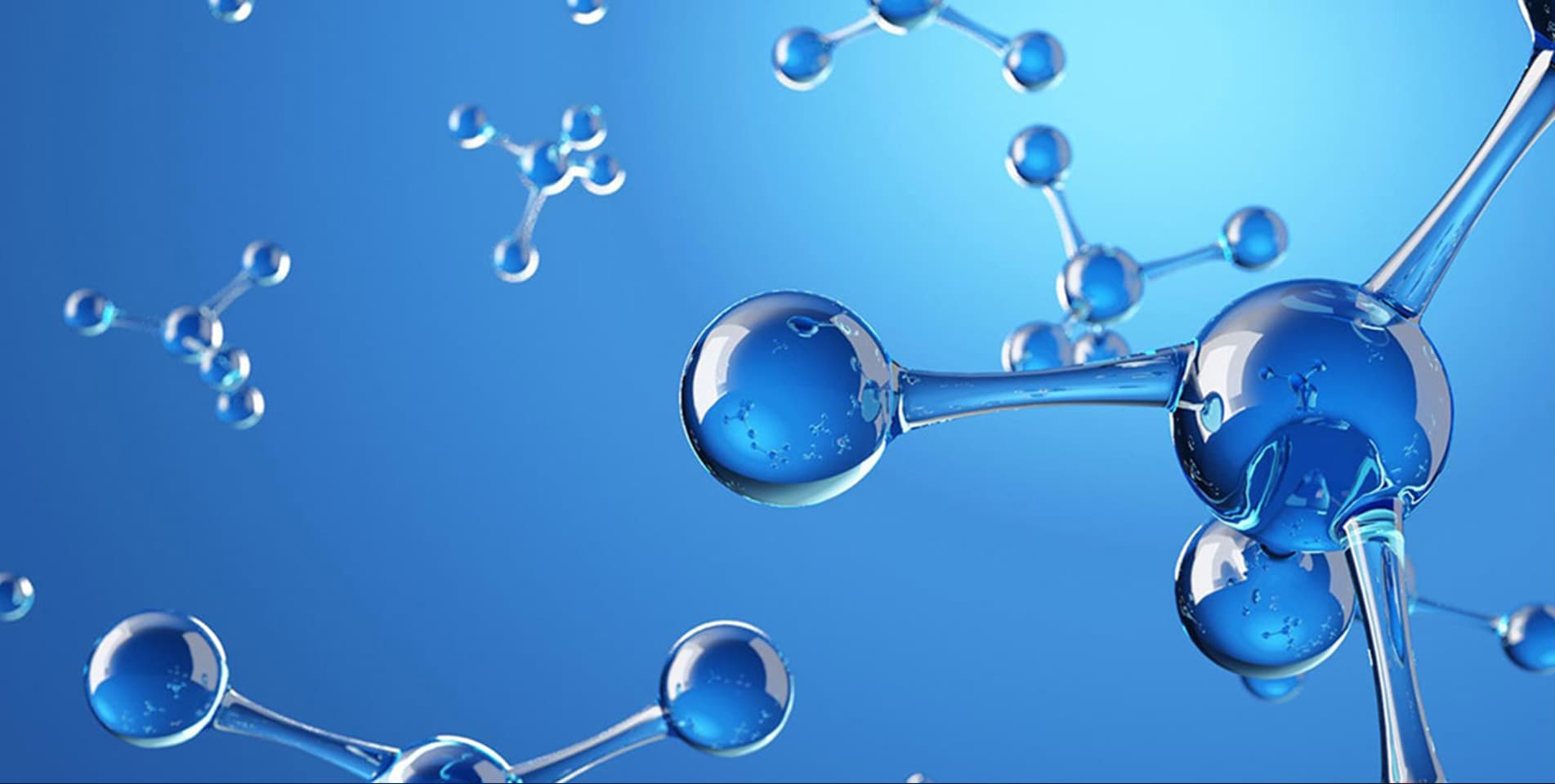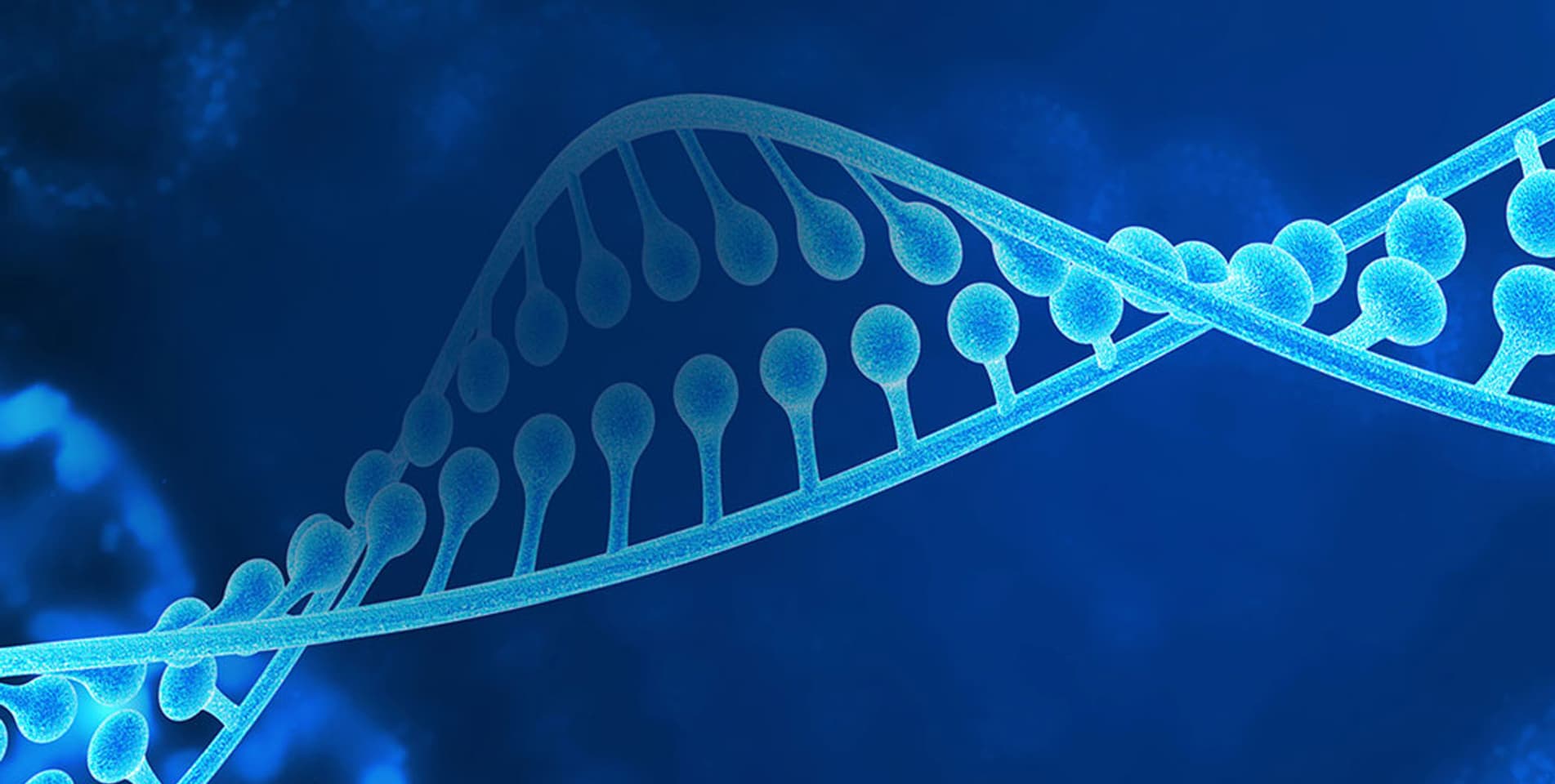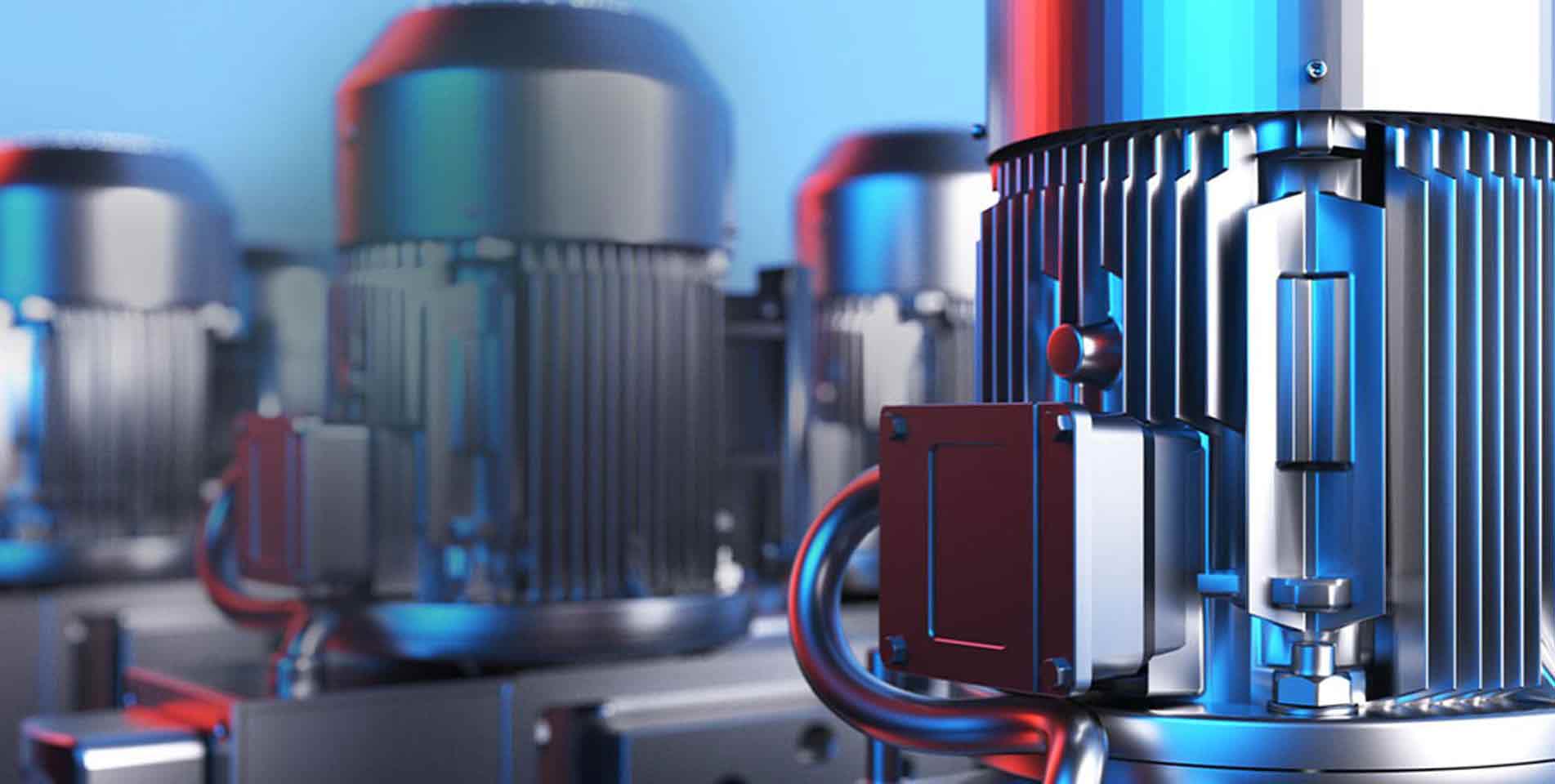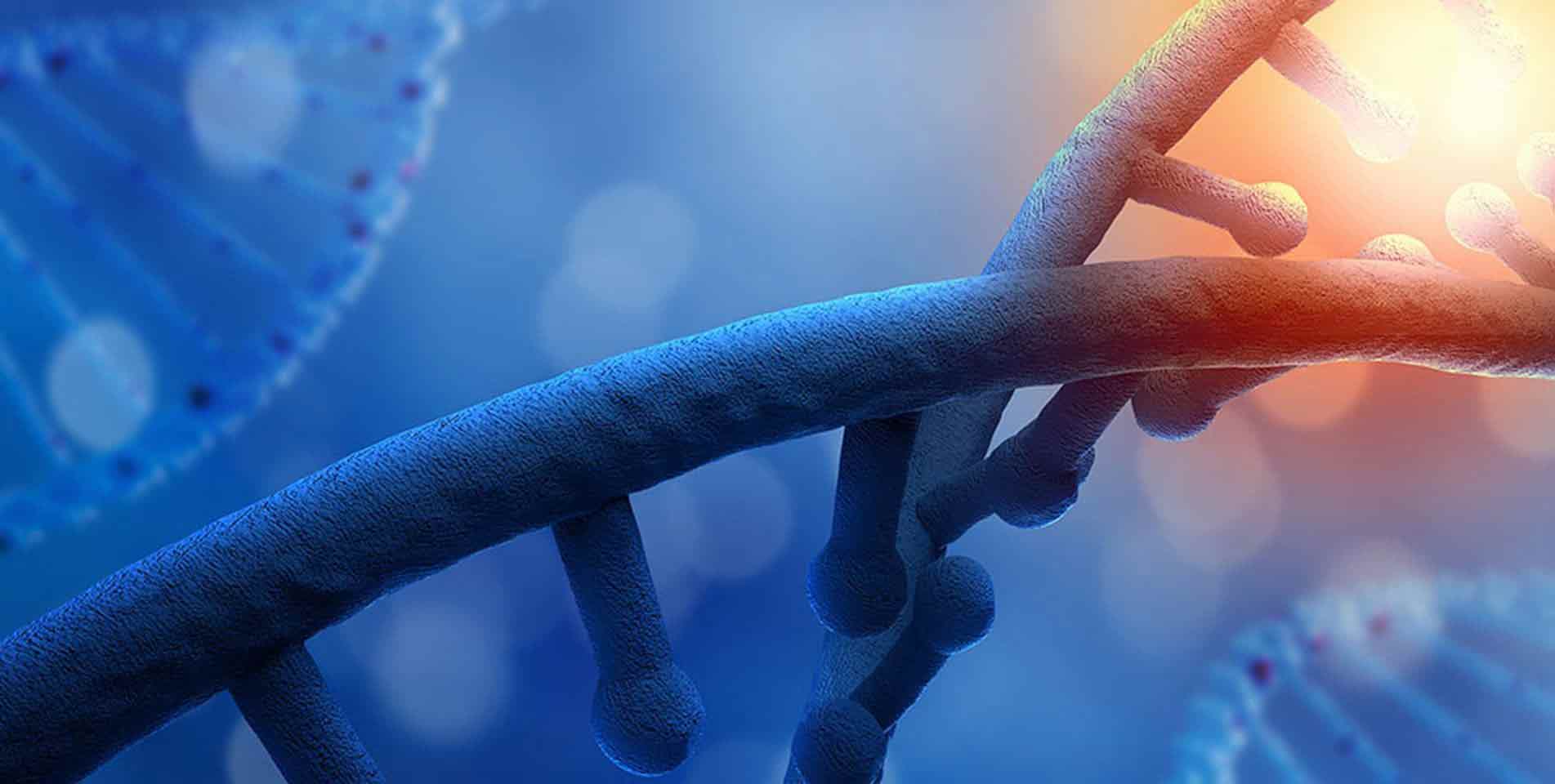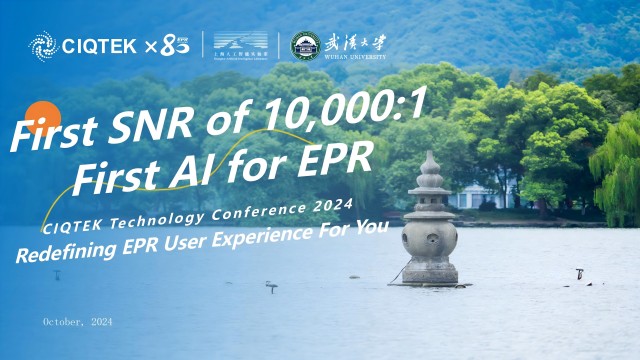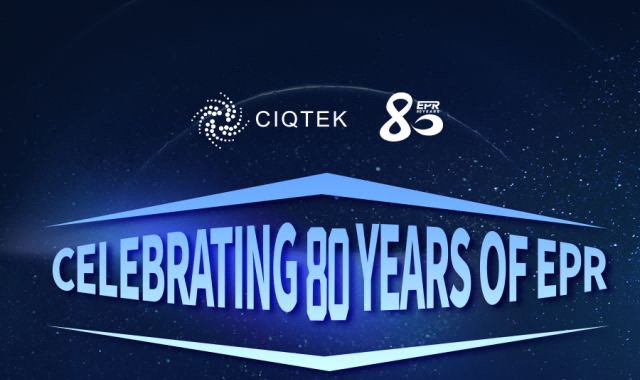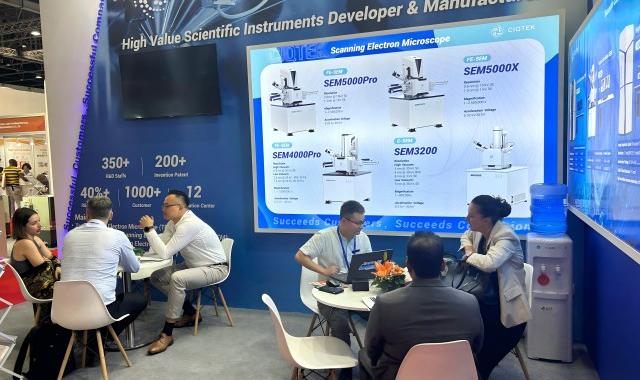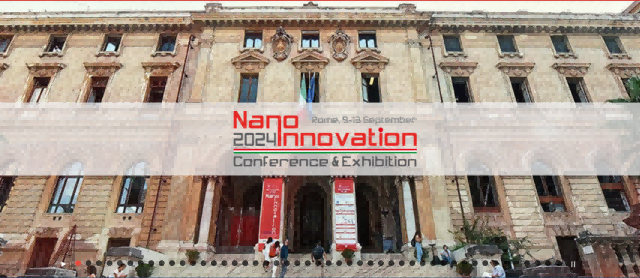China's Team Developed the World's First AI Electron Paramagnetic Resonance (EPR) Spectroscopy
On October 19th, at the 2024 National Conference on Electron Paramagnetic Resonance Spectroscopy, CIQTEK unveiled a new AI Electron Paramagnetic Resonance (AI-EPR) spectroscopy. This series of products incorporates AI capabilities and achieves the world's highest signal-to-noise ratio of 10,000:1, marking a significant breakthrough in the field of EPR spectroscopy. Revolutionary breakthrough addressing industry challenges EPR technology plays a crucial role in detecting unpaired electron structures and dynamics in materials, and it finds wide applications in fields such as chemistry, physics, biology, and medicine. However, acquiring and analyzing EPR spectra poses various challenges, including low signal-to-noise ratios, multiple parameters, and complex models. Artificial Intelligence (AI) is a discipline that studies and implements intelligent behavior and possesses powerful data processing and knowledge acquisition capabilities, offering effective tools and methods for optimizing, fitting, interpreting, and predicting EPR spectra. CIQTEK has autonomous development capabilities for a full range of EPR spectroscopy and possesses key core technologies, laying a solid foundation in hardware and system integration. The newly unveiled product elevates the signal-to-noise ratio to 10,000:1, significantly enhancing the accuracy of instrument detection and setting a world record in this aspect for commercial EPR spectroscopy. Moreover, AI-EPR incorporates two core capabilities: AI-driven spectrum analysis and intelligent literature correlation. This will completely transform the way researchers conduct EPR studies, greatly improving research efficiency and precision. Making instruments smarter and research more effortless AI-driven spectrum analysis: AI analysis capability covering 90% of sample types reduces the complex analysis process from several hours or even days to just a few minutes. The widespread adoption of this feature means that EPR technology will play a crucial role in a broader range of scientific research fields. Intelligent literature correlation: Through the "spectrum recognition and source searching" function, AI-EPR can automatically link to global literature databases, providing researchers with highly relevant academic resources. This feature not only accelerates knowledge dissemination but also facilitates interdisciplinary innovation and breakthroughs. Dr. Xu Kebiao, Vice President of CIQTEK, stated, "The breakthrough achievement of AI-EPR not only enhances product performance in terms of hardware and software but also addresses the main challenges faced by current EPR technology. It is expected to stimulate new research directions and application scenarios, significantly enhancing China's international influence in the field of Electron Paramagnetic Resonance spectroscopy. In the future, CIQTEK EPR Spectroscop...
October 21, 2024













